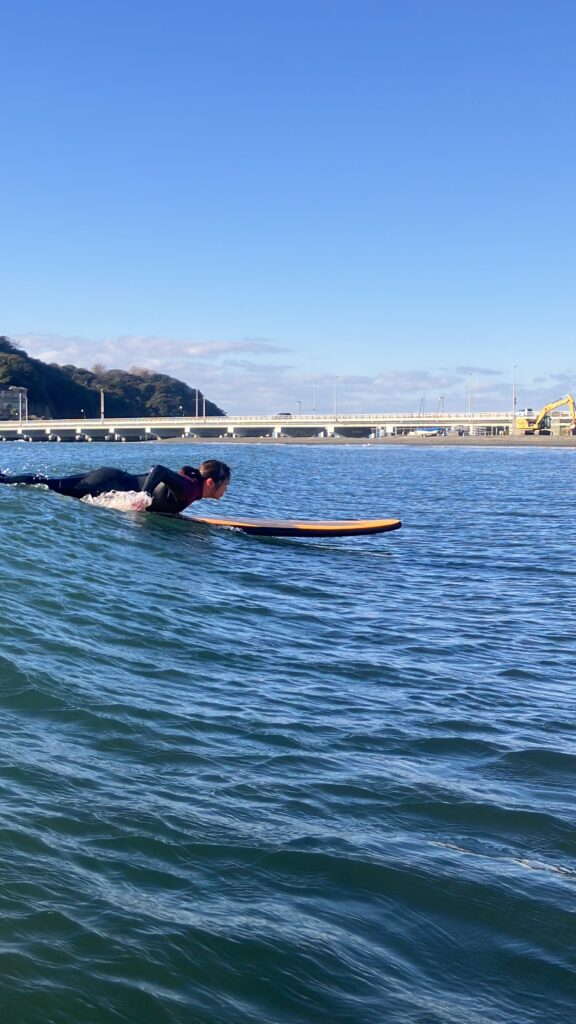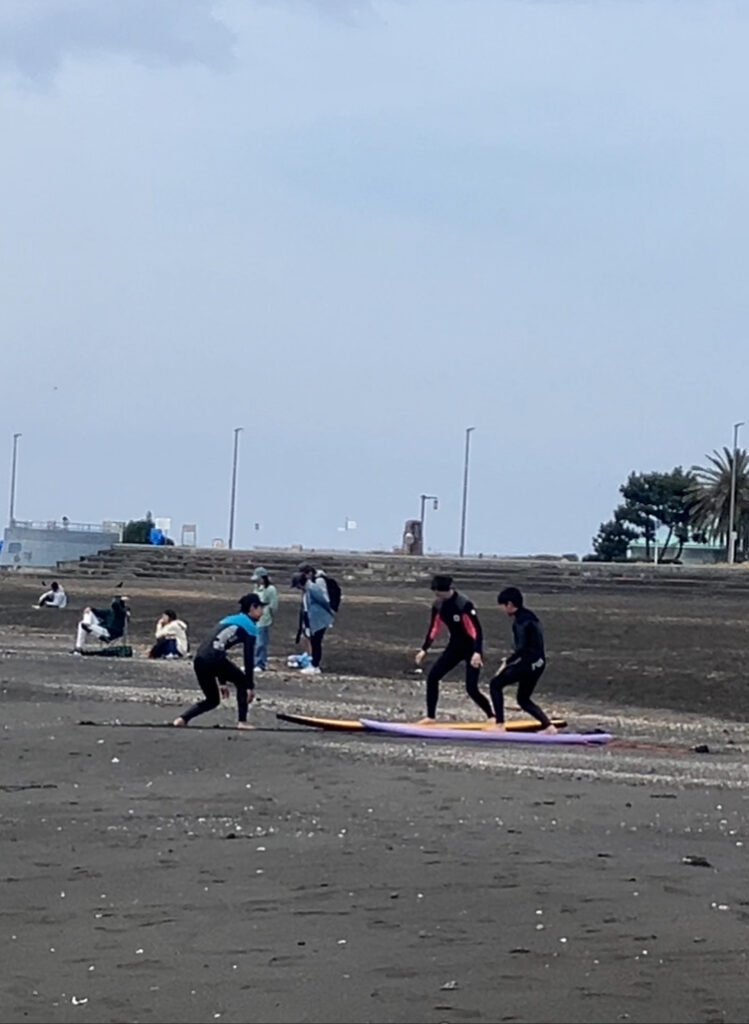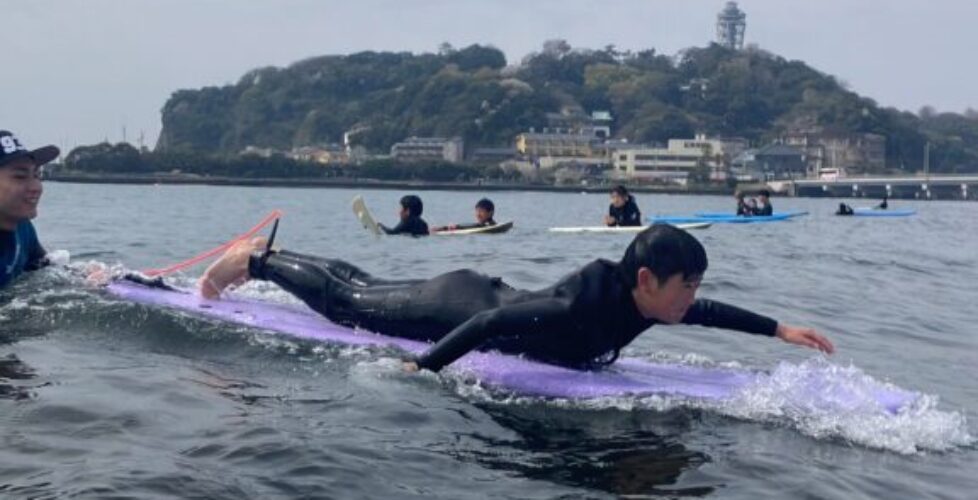Don’t go wrong with surfing! How to know when to ride the wave
Missing a wave is a common problem faced by all surfers. Especially for beginners, it can be difficult to judge the timing of the waves.
This article covers a wide range of surfing basics and advanced techniques, including how to spot the peak of a wave, effective paddling timing, and the best way to stand up.
If you practice the techniques I’m about to explain, you too will be able to enjoy the joy of riding the waves while surfing.
How to identify the peak of a wave
Identifying the peak of a wave is one of the basics of surfing. The peak is the highest and most concentrated point of energy in the wave, and is the best place to start your surf ride. To determine this part, it is important to carefully observe the surface of the ocean and understand how waves form and travel. Generally, the shape just before the wave breaks is the highest, and this is the peak. Identifying this point will help you determine the best time to start paddling.
Wave shape and its influence on surfing
There are different types of waves such as beach breaks, reef breaks, and point breaks. Each break type has different characteristics and will change your approach to surfing. For example, the wave shape of beach breaks is irregular and easy to change, so flexible responses are required. Speed and timing are key on reef breaks, as the waves are clear, long, and provide a rhythmic ride. At point breaks, waves often continue for a long time in a fixed direction, and understanding the flow is the key to success.
Paddling timing and technique
Paddling is one of the most basic skills for surfing waves. Efficiently paddling toward the peak of a wave requires a powerful stroke and proper body position. The best time to start paddling is when you feel the peak of the wave approaching. It is important to use the energy of the waves to get a smooth ride, neither too early nor too late. To master this technique, repeated practice and gaining experience with different waves is essential.

How to adjust paddling speed
Adjusting your paddling speed is very important when surfing. You need to change the intensity of your paddling depending on the size and speed of the waves. Big waves require strong paddling, while smaller waves require a lighter touch. Also, the key to successfully riding waves is to maintain a constant paddling rhythm and judge whether to speed up or slow down according to the movement of the waves.
Body position at the moment of riding a wave
Body position is also very important in order to ride a wave. Place your weight in the center of the surfboard and keep your knees slightly bent. When you stand up from paddling, lean your body forward and place your hands firmly on either side of the surfboard for balance. By performing this body movement smoothly, you will be able to ride the wave firmly.

How to practice standing up
Practicing standing up is an essential process for mastering the art of riding waves. Start by practicing in small waves or calm water. First, take a stable position on the board, then stand up smoothly and repeat the motion over and over again. Once you are able to start up smoothly, it is a good idea to try bigger waves.
The most important thing in surfing is knowing exactly when to ride the wave. In this article, we explained how to identify the peak of a wave, effective paddling timing, and rising techniques. Mastering these basics will greatly increase the enjoyment of surfing and allow you to catch more waves.
- Determine the peak of the wave and start paddling at the appropriate position.
- Adjust your paddling speed and force to match the size and speed of the waves.
- Smooth body movements from paddling to standing up.

To put the techniques you learned in this article to use, try keeping these points in mind when actually surfing. By starting with small waves and gradually challenging yourself to bigger waves, you will develop the skills to catch waves with confidence. We also recommend receiving instruction at a surfing school if possible. Advice from a professional instructor will be of great help in improving your technique.
So get out there and try some new techniques on your next surf! You’ll be able to catch every wave with confidence.

